Yonghua Yin
Deep Learning with the Random Neural Network and its Applications
Oct 08, 2018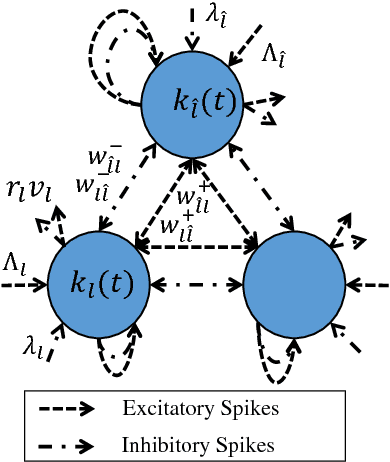
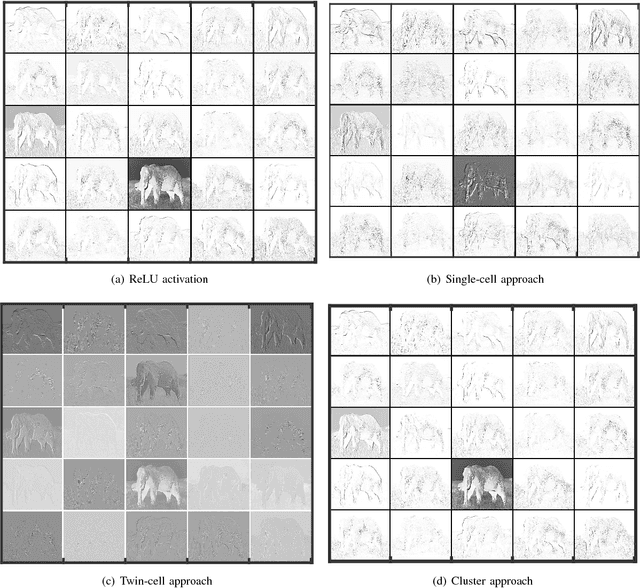
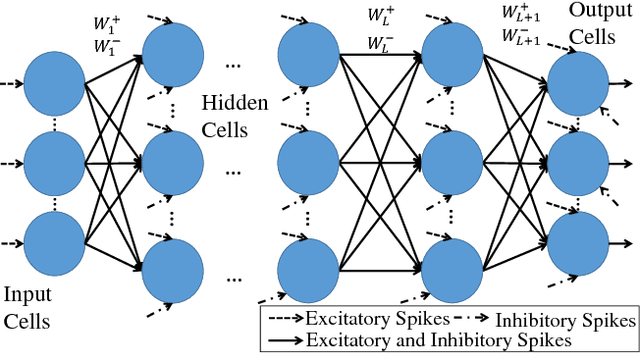
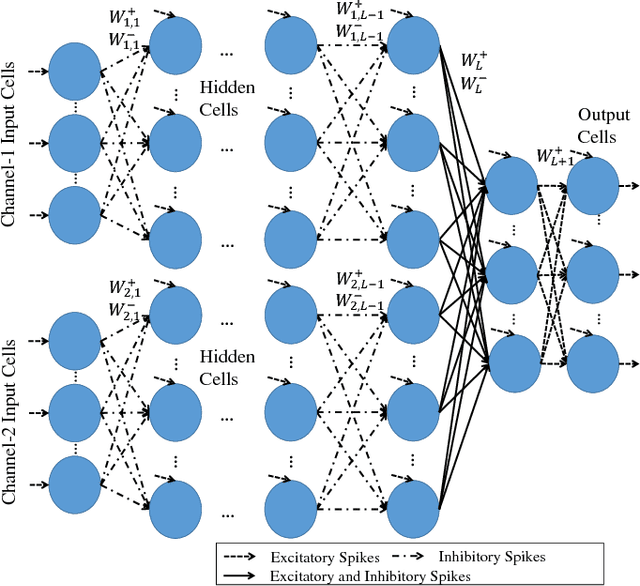
Abstract:The random neural network (RNN) is a mathematical model for an "integrate and fire" spiking network that closely resembles the stochastic behaviour of neurons in mammalian brains. Since its proposal in 1989, there have been numerous investigations into the RNN's applications and learning algorithms. Deep learning (DL) has achieved great success in machine learning. Recently, the properties of the RNN for DL have been investigated, in order to combine their power. Recent results demonstrate that the gap between RNNs and DL can be bridged and the DL tools based on the RNN are faster and can potentially be used with less energy expenditure than existing methods.
Deep Learning in Multi-Layer Architectures of Dense Nuclei
Sep 29, 2016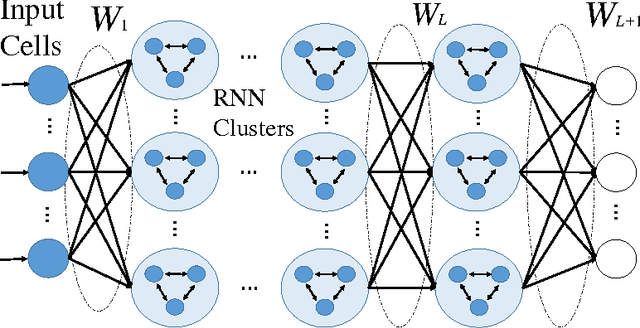
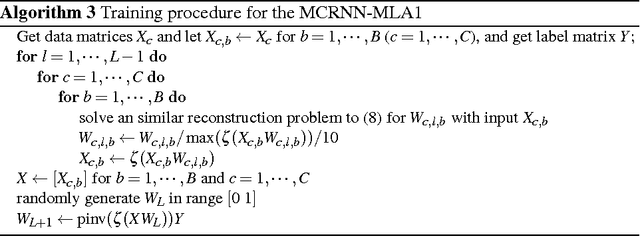
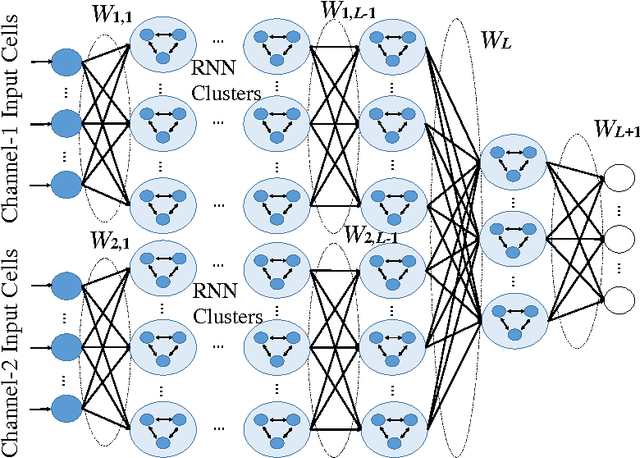
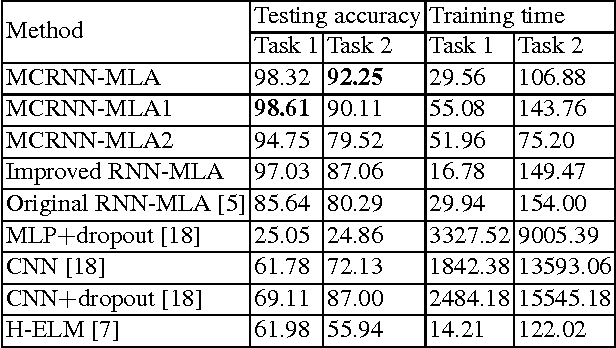
Abstract:We assume that, within the dense clusters of neurons that can be found in nuclei, cells may interconnect via soma-to-soma interactions, in addition to conventional synaptic connections. We illustrate this idea with a multi-layer architecture (MLA) composed of multiple clusters of recurrent sub-networks of spiking Random Neural Networks (RNN) with dense soma-to-soma interactions, and use this RNN-MLA architecture for deep learning. The inputs to the clusters are first normalised by adjusting the external arrival rates of spikes to each cluster. Then we apply this architecture to learning from multi-channel datasets. Numerical results based on both images and sensor based data, show the value of this novel architecture for deep learning.
Nonnegative autoencoder with simplified random neural network
Sep 29, 2016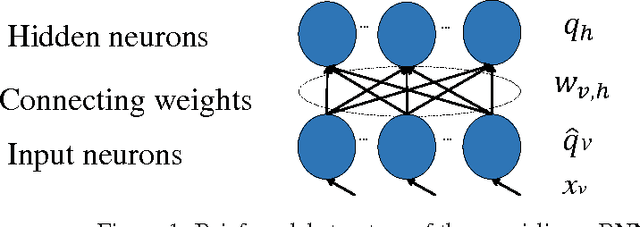
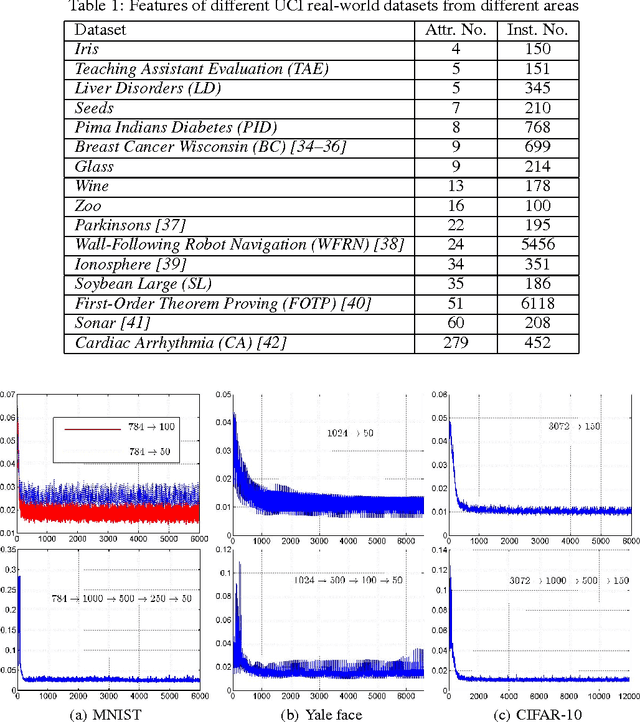
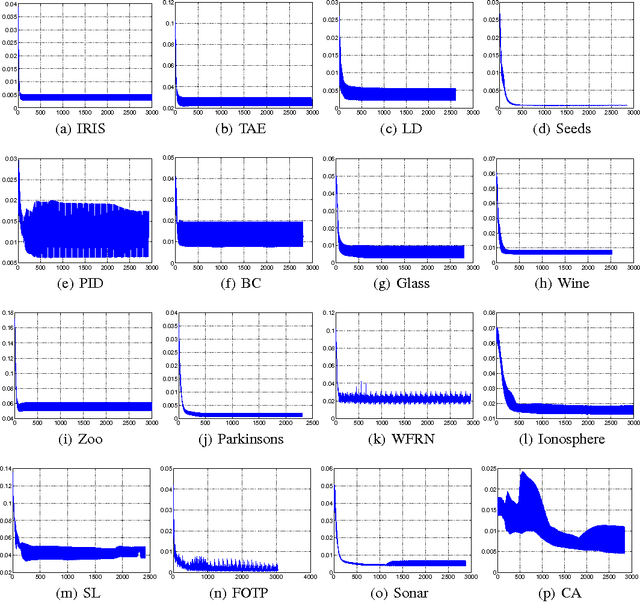
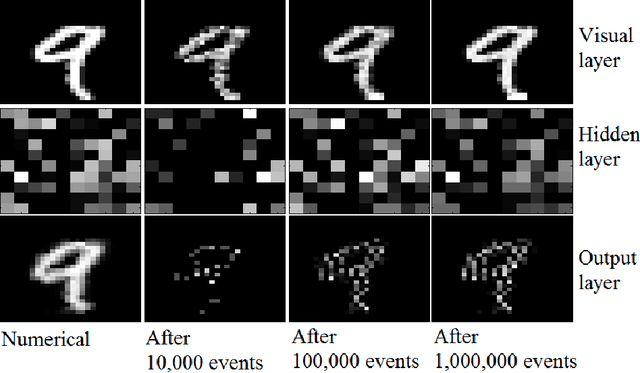
Abstract:This paper proposes new nonnegative (shallow and multi-layer) autoencoders by combining the spiking Random Neural Network (RNN) model, the network architecture typical used in deep-learning area and the training technique inspired from nonnegative matrix factorization (NMF). The shallow autoencoder is a simplified RNN model, which is then stacked into a multi-layer architecture. The learning algorithm is based on the weight update rules in NMF, subject to the nonnegative probability constraints of the RNN. The autoencoders equipped with this learning algorithm are tested on typical image datasets including the MNIST, Yale face and CIFAR-10 datasets, and also using 16 real-world datasets from different areas. The results obtained through these tests yield the desired high learning and recognition accuracy. Also, numerical simulations of the stochastic spiking behavior of this RNN auto encoder, show that it can be implemented in a highly-distributed manner.
 Add to Chrome
Add to Chrome Add to Firefox
Add to Firefox Add to Edge
Add to Edge